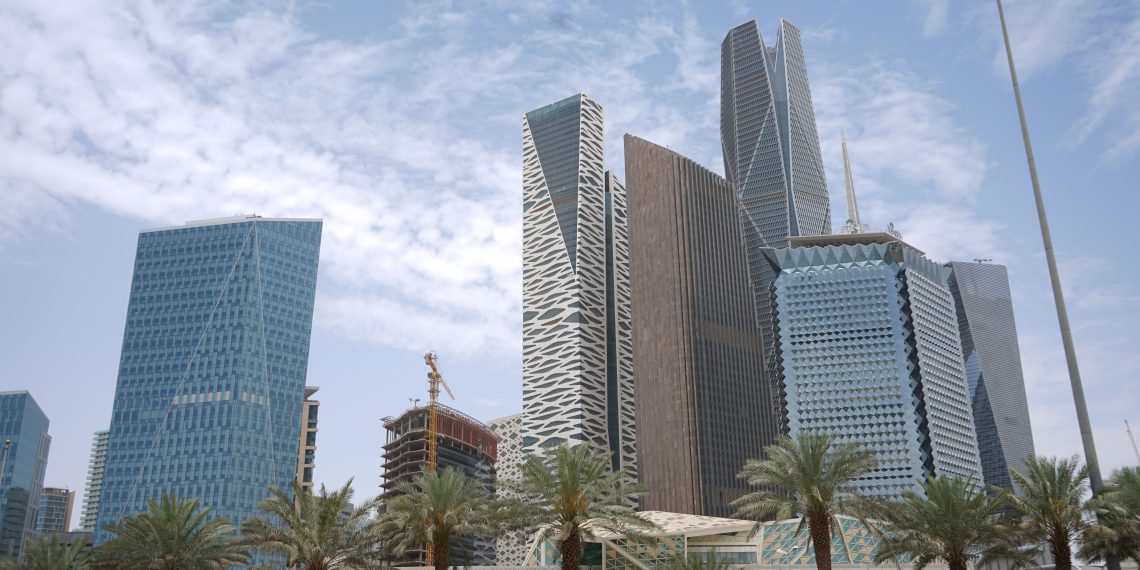Saudi Banking Sector Growth Driven by Diversification Efforts: Moody’s
Saudi Arabia’s push for economic diversification is accelerating the growth of its banking sector, with sectors like construction and tourism presenting lucrative lending opportunities, according to Moody’s.
Moody’s recent report highlights that the Kingdom’s banking loan portfolio has improved, spurred by the national agenda to reduce reliance on hydrocarbon revenues.
The Saudi Central Bank (SAMA) reported a significant rise in bank profits, reaching SR7.83 billion ($2.1 billion) in July, up 23% year-on-year.
We expect this trend to persist over the coming 12 to 18 months, further boosting the non-hydrocarbon economy where banks largely operate. Saudi borrowers’ repayment capacity is also supported by government policies and reforms,
said Lea Hanna, an analyst at Moody’s.
Hanna added that Saudi banks are experiencing lower delinquencies, with provisions fully covering nonperforming loans.
Moody’s projects robust growth in Saudi Arabia’s real non-hydrocarbon GDP, approximately 5.5% in both 2024 and 2025, driven by government investments in large infrastructure projects.
Construction, tourism, and entertainment sectors are expected to significantly influence the growth of Saudi banks’ loan portfolios.
Although the contribution of giga projects, such as Red Sea and Qiddiyah, to total corporate lending will remain significant, diversification into new sectors, such as tourism, entertainment, and renewable energy provide attractive lending opportunities,
Moody’s noted.
Lending to small and medium enterprises has increased but still constitutes a minor portion of the overall sector loan book, according to the report.
Potential risks to asset quality include prolonged low oil prices and changes in government policy. Banks in Saudi Arabia remain exposed to downside risks should there be a reversal in economic momentum or a relaxation in authorities’ active support in managing system asset risks,
added Hanna.
Moody’s also indicated that Saudi banks are likely to expand their client base due to government-backed diversification efforts promoting innovation and productivity.
The report noted that Saudi Arabia and Oman had the lowest volatility in non-oil sector expansion among Gulf Cooperation Council countries from 2020 to 2023.


